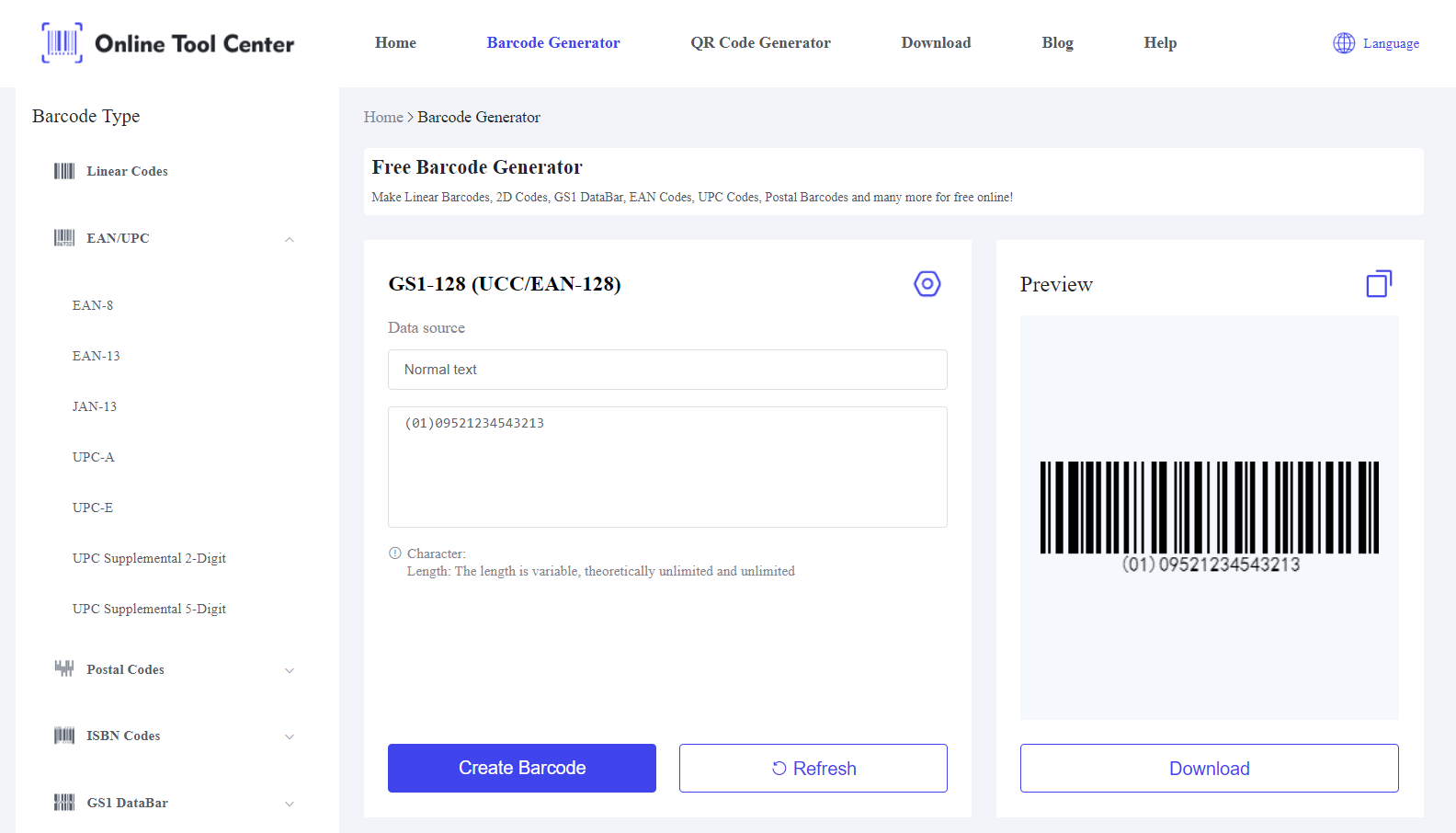Shipping Container Code (SCC) barcodes play a crucial role in modern logistics and inventory management.
These barcodes, often found on bulk shipping units, are essential for tracking and identifying products during transportation and storage.
With the rise of online barcode generators, creating SCC barcodes has become easier and more accessible, enhancing efficiency in various industries.
What is an SCC Barcode?
SCC barcodes, also known as SCC-14, GTIN-14, ITF-14, or DUN-14, are used primarily for identifying shipping containers and logistics units.
These barcodes serve the purpose of distinguishing different shipping units, making it easier to manage and track inventory as it moves through the supply chain.
Both ITF-14 and GS1-128 are valid for SCC barcodes, but ITF-14 is the most commonly used due to its suitability for shipping and packaging materials.
Types of SCC Barcodes
1. SCC-14 Barcode
SCC-14, or Shipping Container Code, is a 14-digit barcode used to identify containers containing multiple items. This type of barcode is common in warehouse and logistics operations, ensuring that large quantities of products are accurately tracked.
2. SSCC-18 Barcode
The Serial Shipping Container Code (SSCC-18) is an 18-digit barcode that provides a unique identifier for each logistics unit.
Unlike SCC-14, which identifies the contents of a shipping container, SSCC 18 barcode identifies individual logistic units, enabling precise tracking throughout the supply chain.
Differences Between SCC-14 and SSCC-18:
● SCC 14 barcode is used for identifying containers with multiple products.
● SSCC-18 is used for uniquely identifying logistic units, such as pallets or shipments.
Structure of SCC Barcodes
1. SCC-14 Barcode Format
Extension Digit: This single digit can be used to increase the capacity of the GS1 company prefix.
GS1 Company Prefix: A unique number assigned to a company.
Item Reference: Identifies the specific item.
Check Digit: Ensures the barcode is correctly composed.
2. SSCC-18 Barcode Format
Application Identifier (AI): The prefix indicating the type of data.
GS1 Company Prefix: Identifies the company.
Serial Reference: A unique serial number.
Check Digit: Validates the entire code.
How do SCC Barcodes Work?
Generating and scanning SCC barcodes involves a straightforward process. These barcodes are created using barcode generators and are then printed on shipping labels.
When scanned by handheld barcode scanners, the information is automatically recorded and updated in inventory systems, enhancing accuracy and efficiency in logistics and inventory management.
Benefits of Using SCC Barcodes
1. Improved Accuracy in Inventory Management: SCC barcodes reduce human error, ensuring that inventory data is precise.
2. Enhanced Tracking and Traceability: With unique identifiers, shipments can be easily tracked throughout the supply chain.
3. Streamlined Logistics: SCC barcodes facilitate faster and more efficient logistics operations, reducing delays and improving overall supply chain performance.
Common Applications of SCC Barcodes
SCC barcodes are utilized across various industries for different purposes:
● Retail and Warehouse Management: For organizing and tracking inventory.
● Food and Beverage: Ensuring the traceability of shipments.
● Healthcare: Managing medical supplies and pharmaceuticals.
● Consumer Goods: Tracking large quantities of products.
How to Generate SCC Barcodes?
An online barcode generator for creating SCC barcodes is widely available, making the process simple and efficient.
Here's how you can create an SCC barcode:
1. Visit an online barcode generator and select the barcode type.

2. Enter the necessary details, such as the GS1 company prefix and item reference.
3. Generate the barcode and download it for printing.
FAQs about SCC Barcodes
1. What is the SCC barcode number?
An SCC barcode number, also known as the Shipping Container Code, is a 14-digit identifier used primarily for labeling shipping containers and logistics units.
This code helps in the tracking and management of bulk shipments, ensuring that large quantities of products are accurately identified and efficiently handled throughout the supply chain.
2. What is the difference between GTIN and SCC?
GTIN (Global Trade Item Number) and SCC (Shipping Container Code) serve different purposes in the supply chain.
GTIN is used for identifying individual products at the retail level, such as items on store shelves, and can be 8, 12, 13, or 14 digits long.
SCC, on the other hand, is specifically a 14-digit code used to identify containers or logistics units containing multiple items, facilitating the tracking and management of bulk shipments.
3. What is the product SCC code?
The product SCC code is a unique 14-digit barcode assigned to a shipping container or logistics unit that contains multiple units of a product.
This code includes an indicator digit, the GS1 company prefix, an item reference number, and a check digit, ensuring the shipment is uniquely identifiable and trackable throughout the supply chain process.
In summary, SCC barcodes are integral to modern logistics and inventory management. They offer numerous benefits, including improved accuracy, enhanced tracking, and streamlined operations.
Utilizing an online barcode generator simplifies the process of creating an SCC 14 barcode or SSCC 18 barcode, making it accessible for businesses of all sizes. Explore online resources and services to start generating your SCC barcodes!




